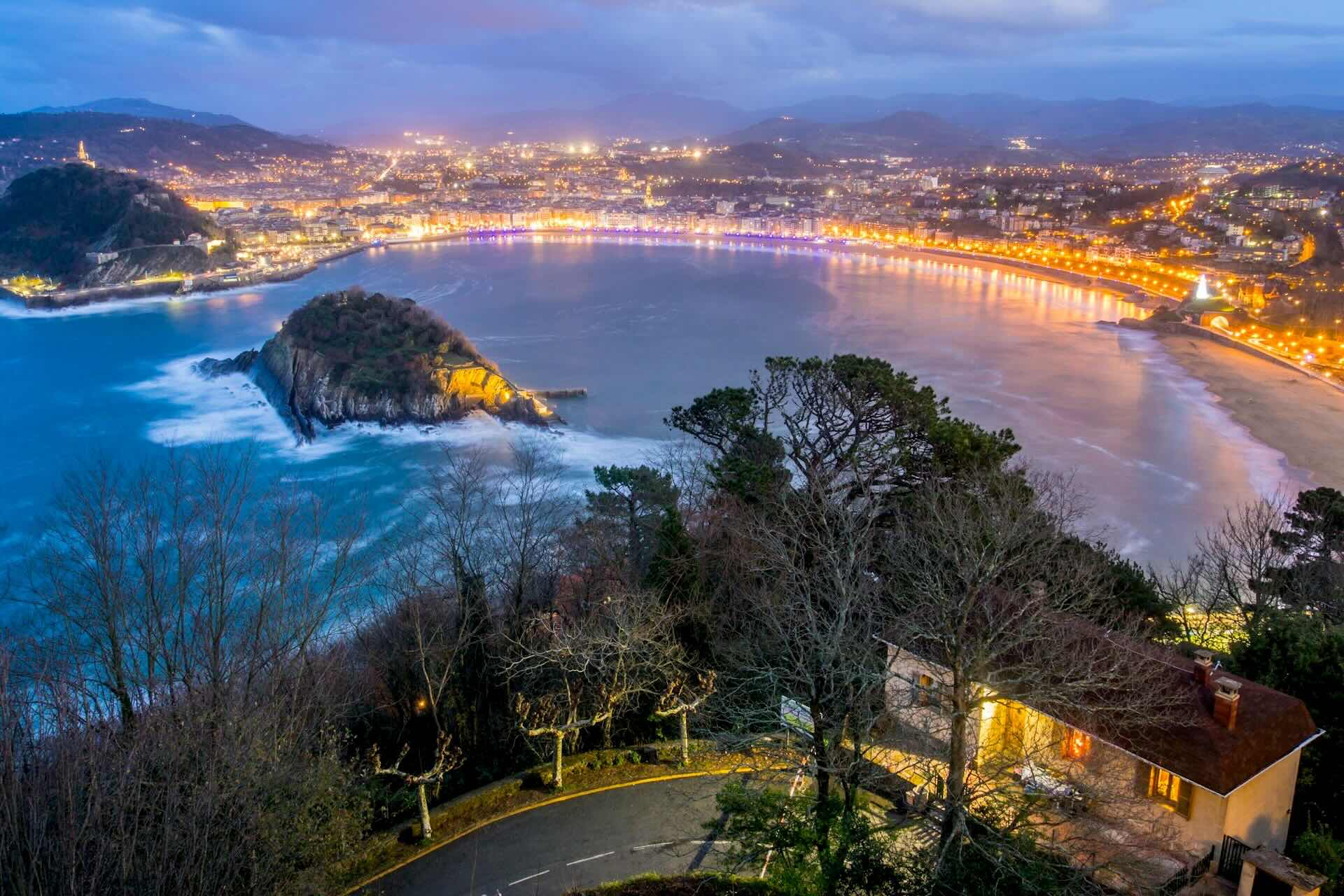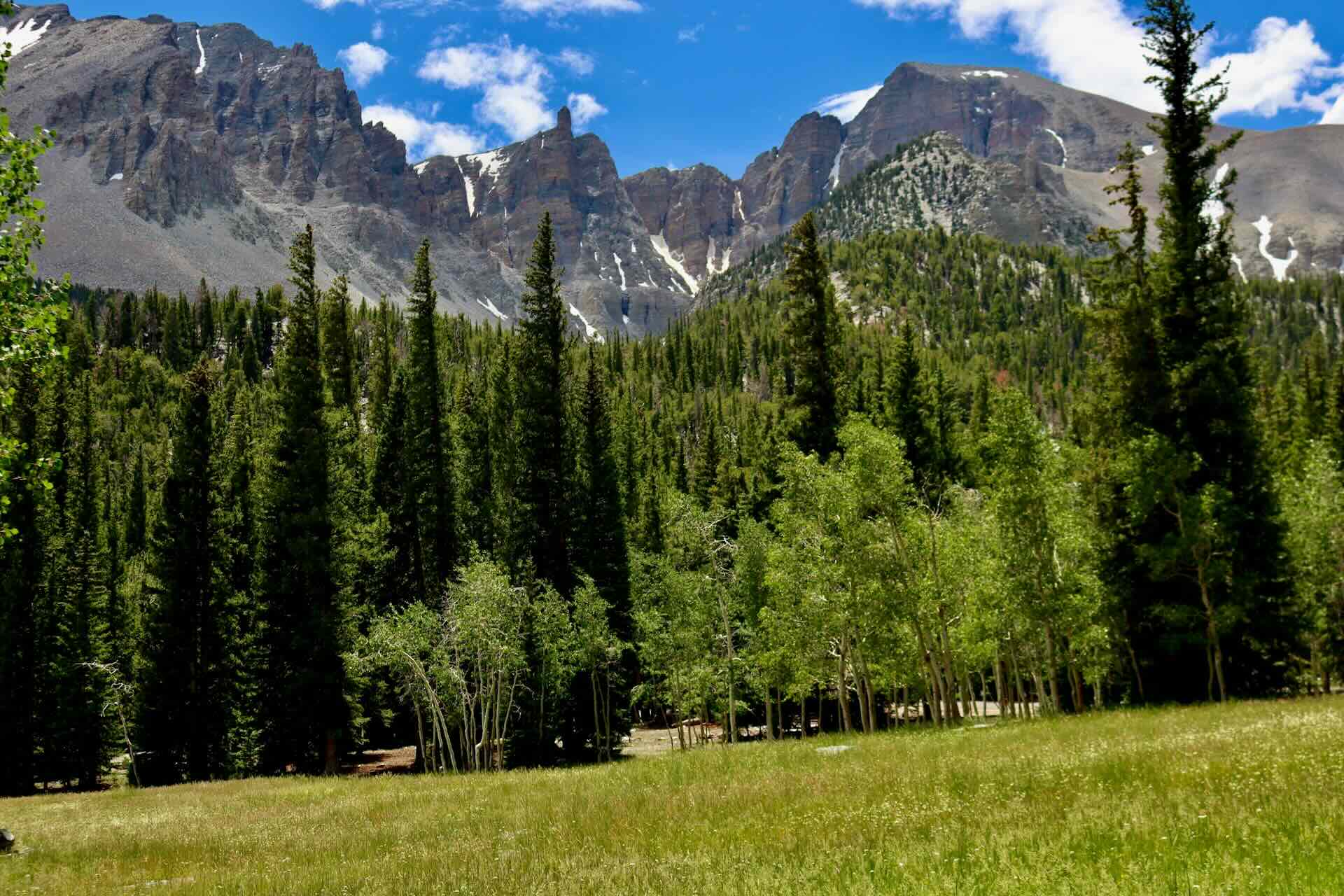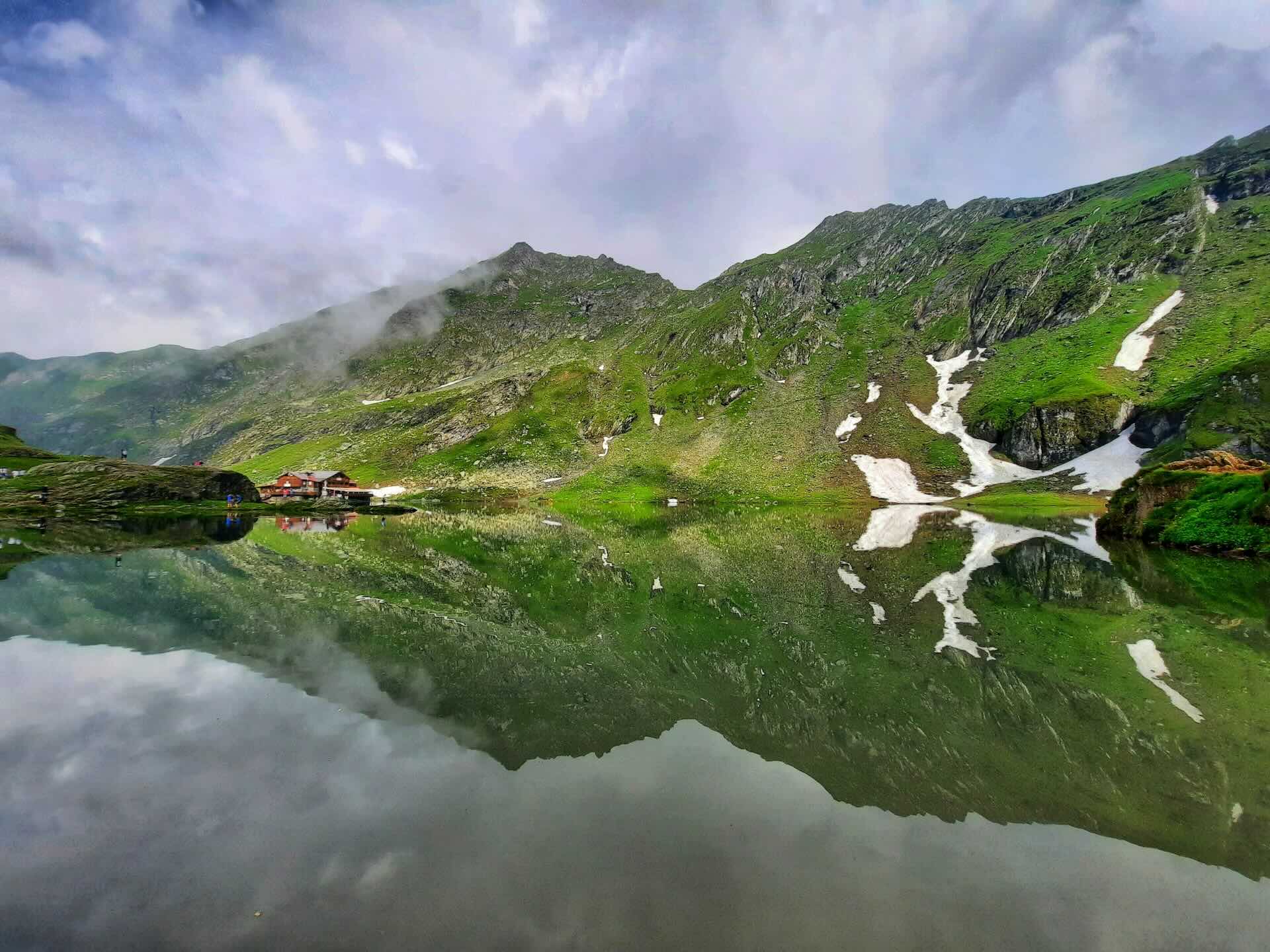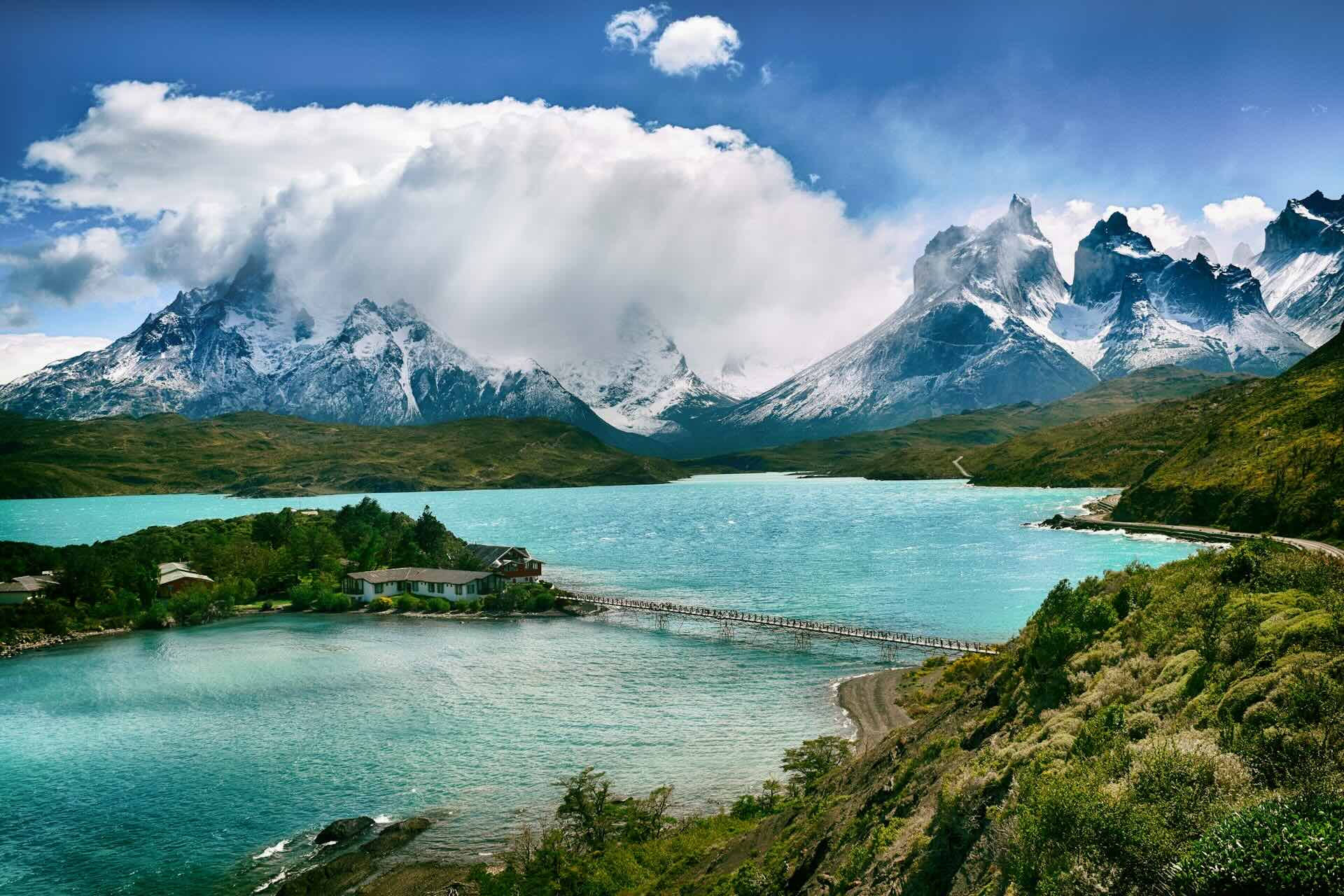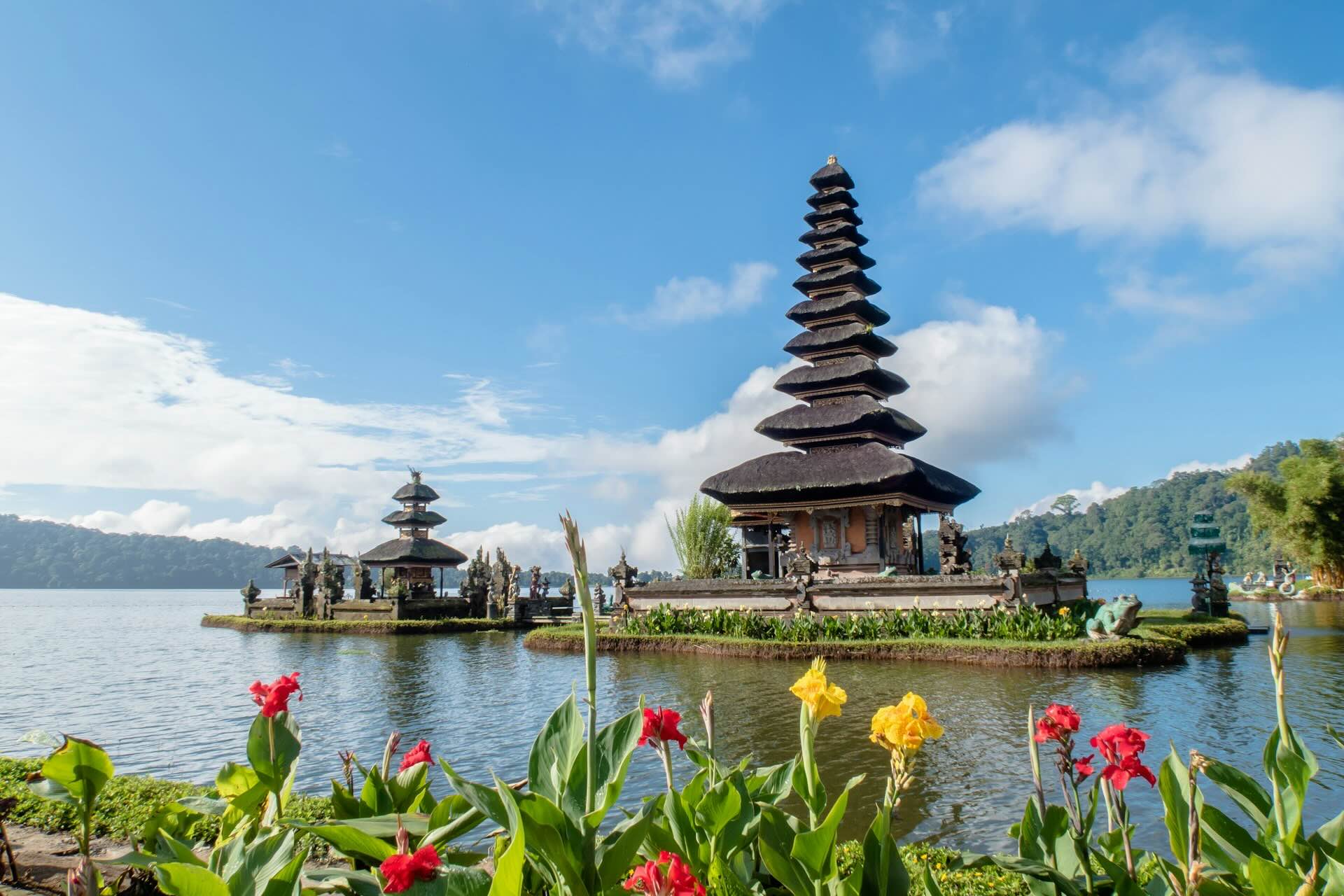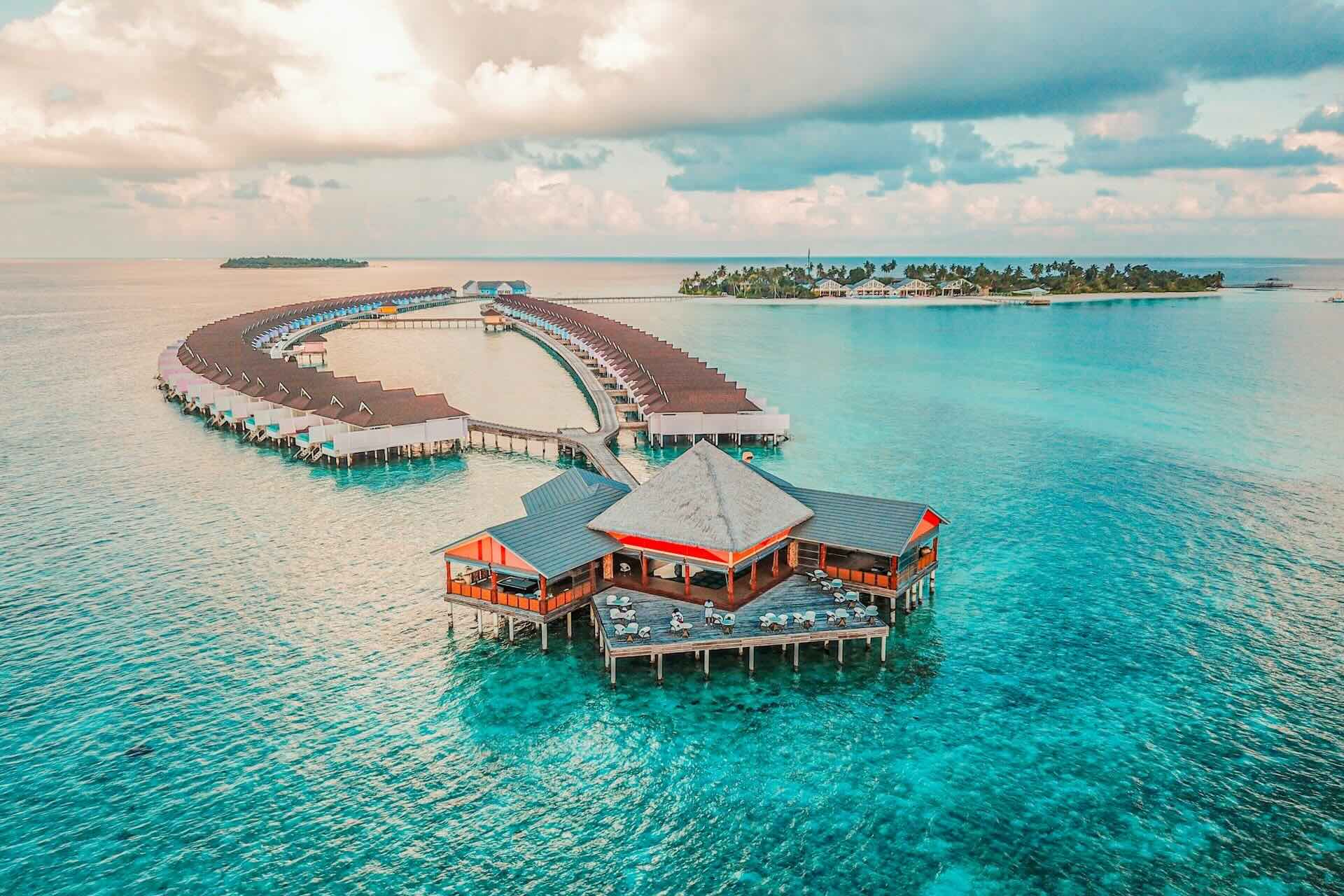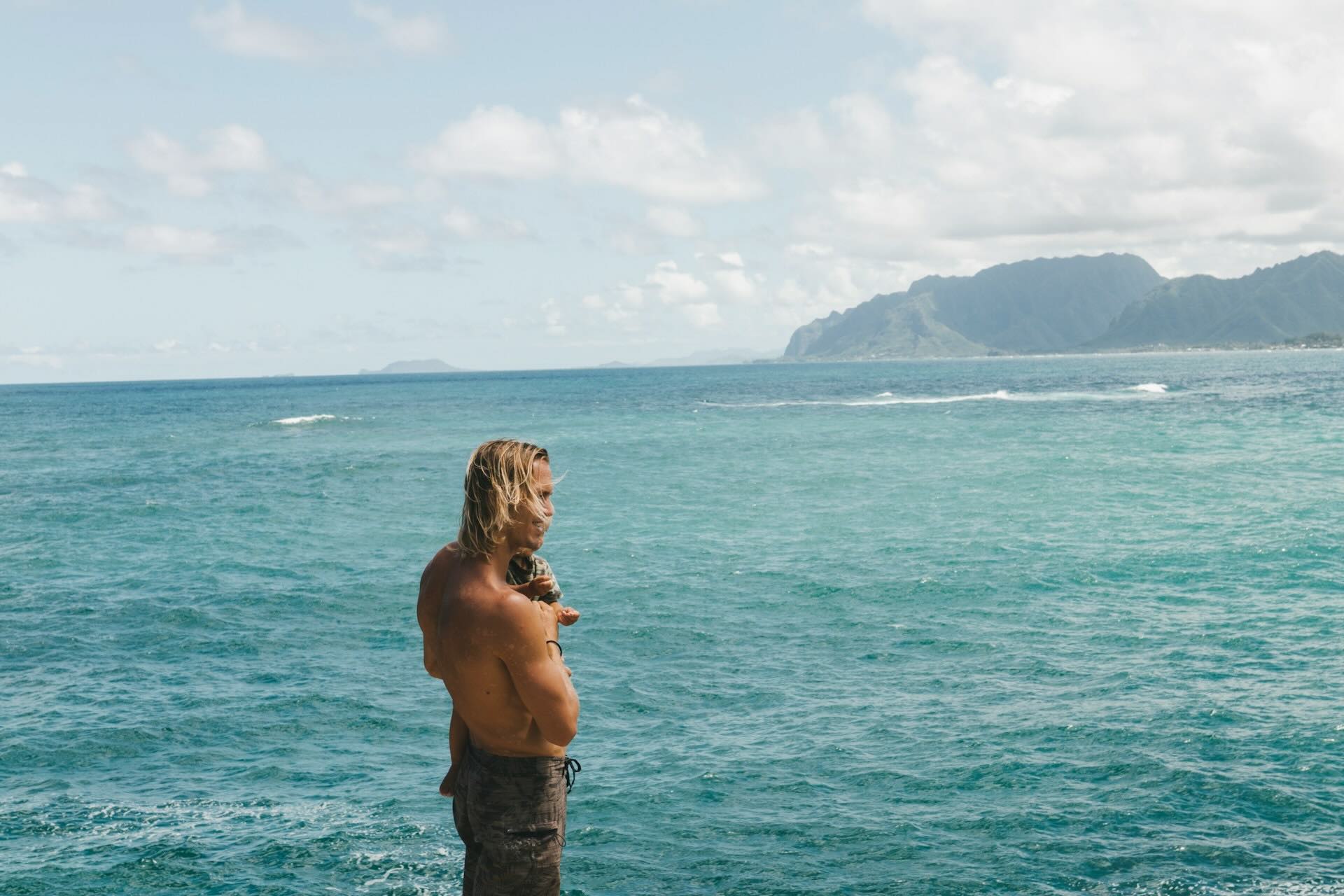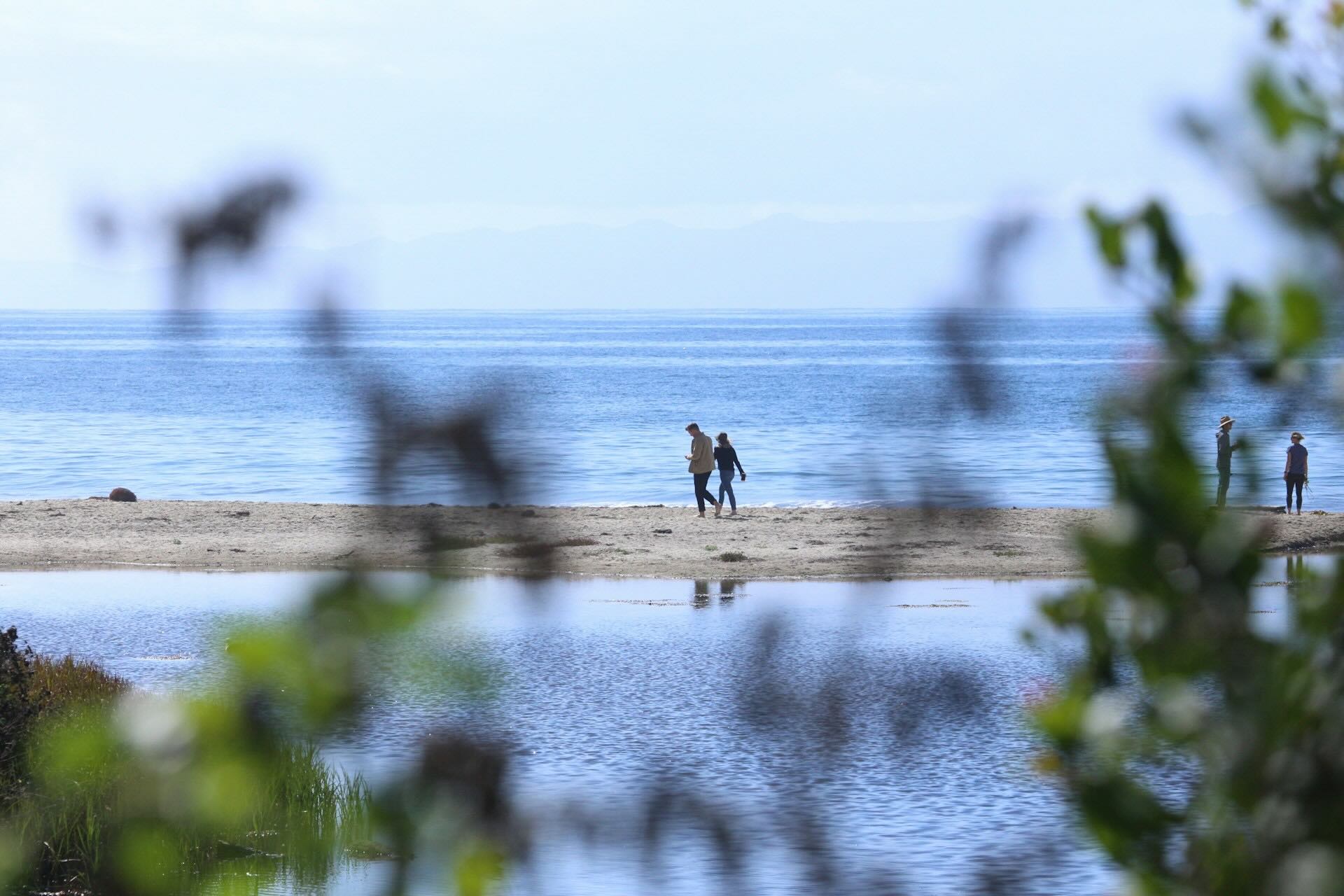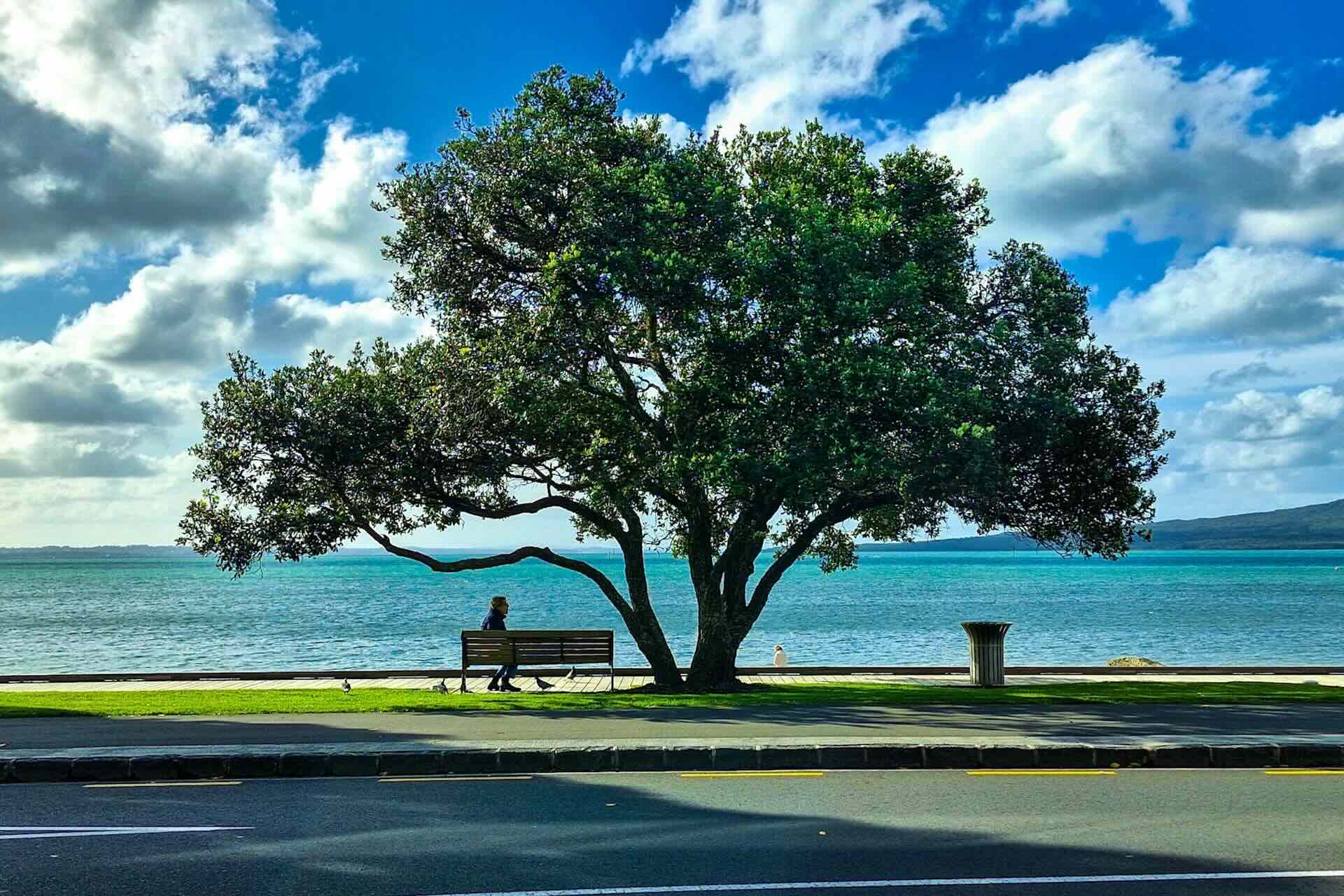Chase Travel has released its Top 26 Places to Visit in 2026, and the list perfectly captures the spirit of modern travel. It balances timeless destinations with new discoveries, appealing to travelers who value culture, sustainability, and unique experiences. From the Albanian Riviera to New York’s Upper East Side, the list shows how travel is shifting toward deeper, more meaningful experiences.
At TravelPal.ai, we examined this list through the lens of real data and traveler behavior.
What Chase Got Right
Chase Travel’s 2026 list stands out for its balance between emerging and iconic destinations. Each choice reveals a different facet of global travel trends, and collectively, they illustrate how the definition of luxury and adventure continues to expand.
The Appeal of Hidden Gems
One of the strongest choices on the list is the Albanian Riviera. Long overshadowed by its Mediterranean neighbors, it offers turquoise waters, quiet coastal towns, and authentic charm without the crowds. For travelers seeking natural beauty at a fraction of the price of Italy or Greece, Albania is quickly becoming Europe’s next must-visit region.
The Atacama Desert in Chile represents another inspired pick. Known for its otherworldly landscapes and starlit skies, it appeals to adventurers and stargazers alike. Chase’s inclusion of Dominica also highlights a key trend, travelers moving toward eco-conscious Caribbean islands where sustainability is built into the experience.
The Power of Nature and Conservation
Chase recognized that travelers in 2026 are increasingly motivated by natural beauty and environmental awareness. Botswana has emerged as one of Africa’s most exclusive and conservation-focused safari destinations, offering pristine wilderness experiences that respect wildlife and local communities.
Similarly, the Canadian Arctic captures the essence of untouched exploration. It appeals to those searching for remote adventure and a deeper connection to the environment. The British countryside, meanwhile, represents the opposite end of the spectrum, peaceful landscapes and heritage charm that attract travelers who crave simplicity and calm.
Iconic Cities That Keep Reinventing Themselves
Chase also included destinations that continue to evolve while maintaining their timeless appeal. Côte d’Azur and the Dolomites are perfect examples of European destinations that blend tradition and sophistication. Istanbul remains a crossroads of culture, design, and cuisine, while Egypt continues its remarkable tourism revival, supported by new archaeological discoveries and modern infrastructure.
In Asia, Osaka earns its place as Japan’s culinary capital, and Taipei is gaining momentum as one of the most dynamic and creative cities in East Asia. The inclusion of New South Wales showcases Australia’s versatility, combining beaches, vineyards, and a thriving cultural scene.
Rediscovering the Americas
Closer to home, Chase celebrates the growing appeal of the Americas. Cartagena continues to rise as Colombia’s most romantic and colorful destination, combining colonial architecture with Caribbean vibrancy. Portland, Oregon, and Park City, Utah, each represent modern American travel values, creativity, outdoor recreation, and wellness.
Route 66 speaks to nostalgia and freedom, capturing the enduring allure of the open road. Meanwhile, Valle de Guadalupe in Mexico is positioning itself as a serious competitor to Napa Valley, offering boutique vineyards and world-class cuisine.
The Allure of the Tropics
Destinations like Seychelles, South Caicos, and Sri Lanka underscore the continued demand for tropical escapes that blend comfort with nature. These locations are ideal for travelers who want privacy and tranquility without sacrificing quality.
Even the inclusion of the Upper East Side in New York reveals an appreciation for timeless urban luxury. It reflects a growing interest in experiences that combine culture, art, and lifestyle in established global cities.
TravelPal’s Perspective
At TravelPal.ai, we see clear alignment between Chase’s list and current traveler behavior. Travelers today are less interested in checking off landmarks and more focused on experiences that connect them to local culture, food, and nature.
Our AI-driven insights reveal that travelers are extending trip durations, staying in fewer destinations, and choosing accommodations that match their values, from eco-resorts to design-forward boutique hotels. The desire to travel more meaningfully, rather than more frequently, defines this new era of exploration.
The Rise of Sustainability and Conscious Travel
Many destinations on Chase’s list highlight the importance of sustainability. From Dominica’s eco-lodges to Botswana’s low-impact safaris, the focus on environmental responsibility is not a niche interest anymore. It has become a standard expectation for many travelers.
At TravelPal.ai, we have observed a steady increase in searches related to sustainable experiences and eco-friendly travel options. Travelers are now making choices that align with both environmental and cultural preservation.
Culinary and Cultural Journeys
Food remains one of the strongest motivators for global travel. Basque Country, Osaka, and Cartagena all reflect how culinary culture is shaping destination appeal. Rather than dining in luxury restaurants alone, travelers want to connect with authentic flavors, local markets, and food traditions that tell a story.
Cultural depth also remains a top priority. Egypt, Istanbul, and the Golden Triangle in India each offer travelers the opportunity to experience living history in immersive ways. The most successful destinations in 2026 will be those that marry culinary excellence with cultural integrity.
TravelPal.ai’s Additions
While Chase’s list is strong, TravelPal.ai’s data highlights several destinations poised for growth. Oaxaca, Mexico stands out for its artistry and culinary scene, while Lisbon, Portugal continues to attract global attention for its design, affordability, and charm. Reykjavik, Iceland remains a top choice for sustainable adventure.
Bali continues to appeal to wellness travelers and creative professionals alike. Kyoto offers cultural serenity that complements Osaka’s energy, and Montreal remains North America’s creative heartbeat. Tbilisi and Medellín represent a new class of affordable, safe, and inspiring cities that appeal to digital nomads and investors.
The Future of Trip Planning
Chase’s list inspires curiosity, but planning such trips requires organization and precision. That is where TravelPal.ai excels. The platform uses AI to build custom itineraries that adjust in real time based on traveler interests, budget, and schedule.
From predicting ideal travel seasons to suggesting restaurants and boutique hotels, TravelPal.ai turns inspiration into actionable plans. It combines global data with personalization, helping travelers explore smarter, not harder.
The Takeaway
Chase Travel’s 2026 list captures the spirit of global discovery at a pivotal time. It reflects a world eager to reconnect through exploration and experience.
At TravelPal.ai, we share that vision. The destinations that define 2026 are not just beautiful, they are meaningful. They encourage travelers to slow down, stay longer, and see deeper. With AI-driven planning, it is now possible to experience them all in a way that feels personal, efficient, and inspiring.
Plan your next top adventure with TravelPal.ai
